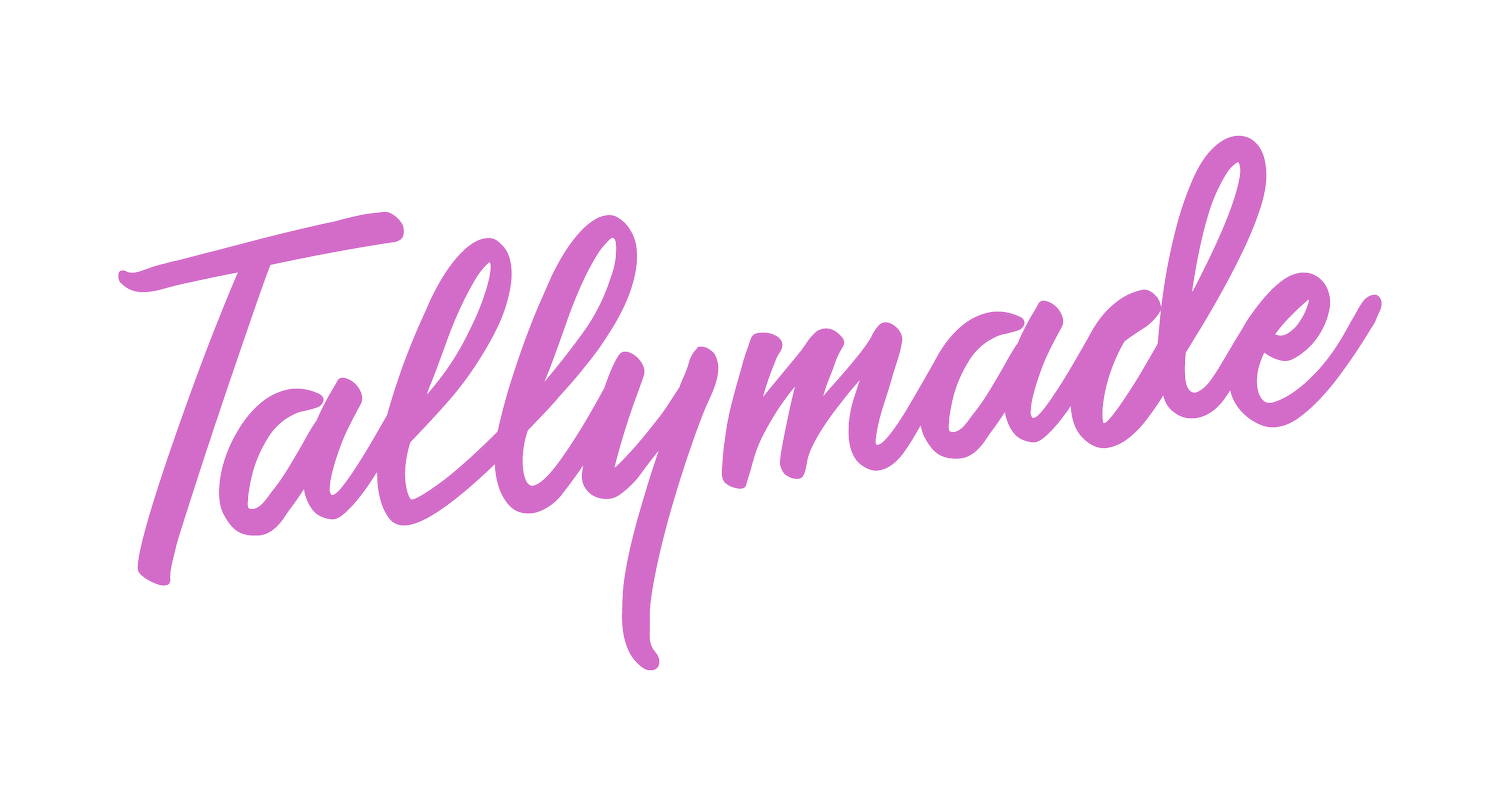10 Best Practices for Creating a Top-Tier Survey
Creating a survey is just stringing together questions, right? Wrong! Designing a survey that is engaging, useful, and provides actionable data requires a combination of strategy, empathy, and precision.
In this article, we’ll walk you through 10 best practices that will elevate your survey from a mundane questionnaire to a dynamic tool that yields actionable insights and accomplishes your goals.
1. Focus on a clear objective for your survey
Before putting pen to paper (or keyboard to screen), you need to define a clear and attainable goal for your survey. What does that look like? Let’s use an example; say you want to research what customers like about a new dog toy. Don’t start with a goal of: “I want to know if customers like this dog toy.” Instead, choose a goal like: “I want to know the key features that customers like about this product.”
With that goal, you can ask specific questions about the product and its features to better understand your customer base and get valuable product data to use in the future.
2. Collect personal information at the end
People are protective of their personal information. If you open up the survey requesting a slew of personal information, respondents may decide the survey is less about the questions and more about information harvesting. Instead, leave the personal questions for the end. This way, if respondents choose not to provide personal information, you still have the valuable data from the survey responses.
3. Be mindful of length
One of the fastest ways to increase dropoff rates for your survey is to make the survey too long. After all, in many ways, respondents are doing you a favor by taking your survey. Treat their time and attention with respect by keeping your survey concise and focused. The reward will be higher completion rates and more thoughtful responses.
4. Limit open-ended questions
Open-ended questions allow survey participants to answer questions in their own words. These questions can be helpful if used sparingly, but you may run into a few problems if you include too many. Namely, these questions take longer to answer and it’s difficult to quantify that information into insightful data.
Instead, focus on close-ended questions where you control the answers - like multiple choice or checkbox questions.
5. Ask neutral questions
If you want reliable and actionable data to make informed decisions from your survey results, then it’s important to maintain objectivity by asking neutral questions. Avoid leading language that hints at a desired response. This will ensure that your results are unbiased and accurate.
6. Use balanced answer choices
Provide balanced answer choices that cover the full spectrum of options. This will prevent respondents from feeling forced into a box that doesn’t accurately represent their thoughts or feelings.
7. Don’t deal in absolutes
This may sound like advice from Star Wars (After all, only a Sith deal in absolutes ... anyone?) but it’s also great advice when building a survey. Avoid options like “never” and “always” with your questions. Instead, use terms with a little more flexibility like “often,” rarely,” or “sometimes” to capture a more nuanced picture.
8. Don’t overload questions
Keep your questions focused on one concept or subject to prevent confusion or overloading the survey question. These can lead to unclear responses and skew the data. Let’s use the dog toy example from earlier. Don’t ask, “How would you rate the feel and squeakiness of the rubber bone toy?”
Respondents might be confused. Would they address the feel of it or the squeakiness? Maybe they’d skip the question entirely, but you can prevent this by breaking up the questions and focusing on one at a time.
9. Test, test, test
There’s no worse feeling than building a well-thought-out survey and launching it to your audience, only to discover the link is broken or questions are out of order. That’s why testing your survey rigorously is vital. Check for grammar errors, formatting issues, and question clarity. It especially helps to have someone look it over for you. Then, run a pilot test on a small audience to identify any unforeseen challenges or issues.
10. Add some fun to your survey
Surveys don’t have to be endless checkboxes. Engagement increases when having a little fun! Include graphics, animations, sliders, and image-based questions throughout your survey. Injecting an element of fun keeps respondents engaged and invested, resulting in higher completion rates.
That’s what Tallymade is doing with surveys - injecting fun into information gathering!
Crafting surveys that resonate
Creating a survey isn’t just about stringing questions together - it’s an art that combines strategy, empathy, and precision. By following these 10 best practices, you’re setting the stage for surveys that resonate with your audience, gain meaningful insights, and drive informed decisions.
Remember, a well-crafted survey isn’t just a questionnaire; it’s a dynamic tool that empowers you to understand your audience and shape your strategies accordingly.
And Tallymade can help! Tallymade can help you gather feedback in a fun and interactive way. By creating surveys that transform your public engagement into powerful visuals, survey respondents will be delighted and encouraged to engage, respond, and provide valuable feedback to help you make informed decisions.

